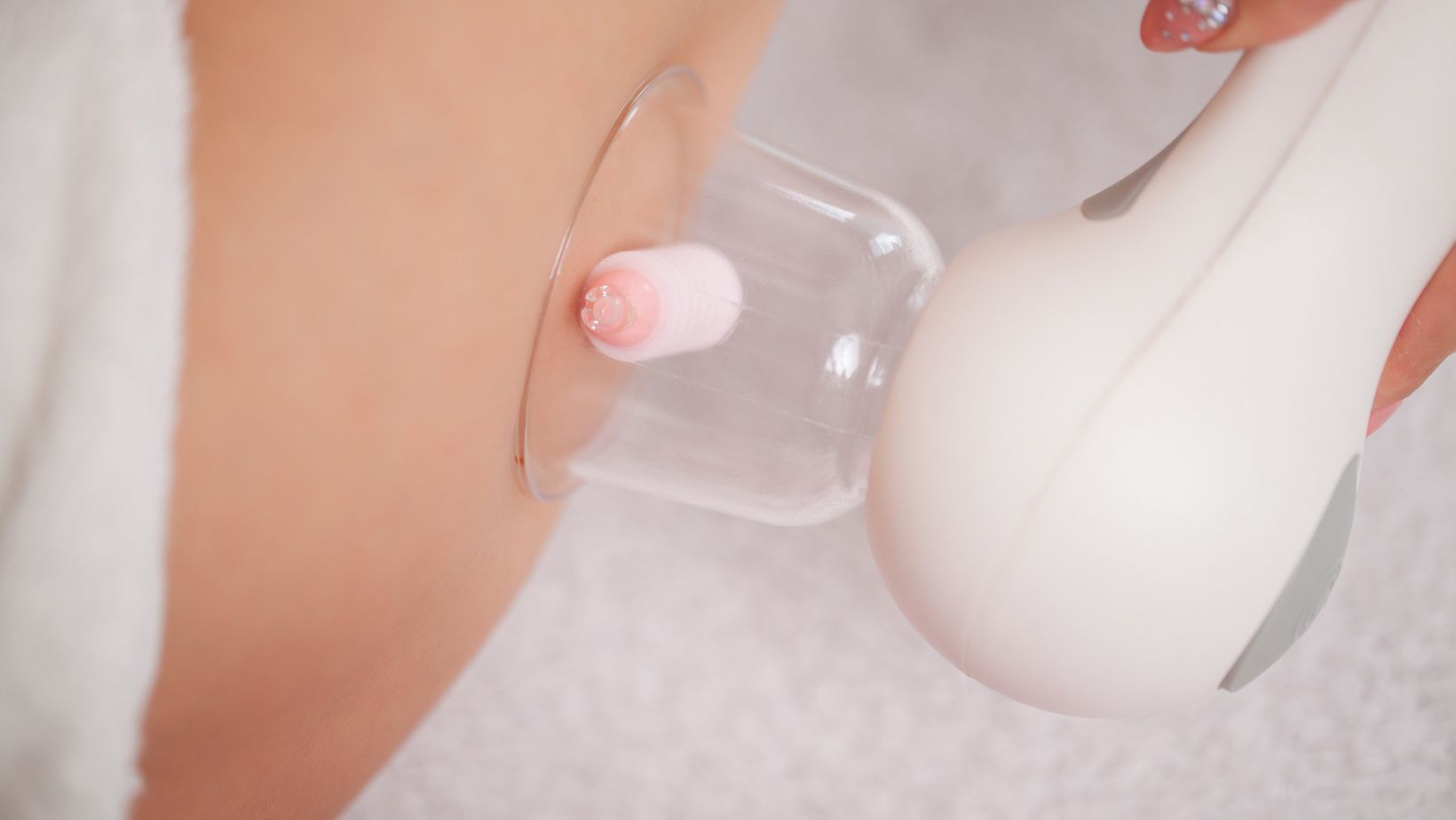I’ll let you in on a secret: understanding lymphatic capillaries isn’t as daunting as it sounds. Sure, the term might make your eyes glaze over initially, but I promise that by the end of this article, you’ll have a firm grasp of how to correctly label their anatomical features. So buckle up and get ready for an enlightening journey through the intricate workings of our body’s very own waste disposal system.
Correctly Label The Anatomical Features of Lymphatic Capillaries
Diving into the intricate world of our body’s system, it’s impossible to overlook the vital role that lymphatic capillaries play. These tiny, thin-walled vessels form an extensive network throughout our body, serving as a critical component of our immune system.
Structure of Lymphatic Capillaries
Peering closer at these microscopic powerhouses reveals their unique structure. Unlike blood capillaries, which are continuous and have no gaps in their lining, lymphatic capillaries present themselves as blind-ended tubes. Made up of a single layer of endothelial cells with loose junctions between them, they’re designed to let interstitial fluid (containing proteins, lipids or foreign bodies) enter easily.
- Endothelial Cells: These cells feature overlapping edges that act like one-way swinging doors. This design allows fluids and particles to flow in freely while preventing any backflow.
- Basement Membrane: Another distinctive feature is the absence of a basement membrane. This lack allows for more significant movement across its walls.
- Anchoring Filaments: Extending outwards from the capillary wall are collagenous anchoring filaments linking these vessels to surrounding tissues. They pull open the cell junctions when there is swelling due to excess fluid accumulation.
Function of Lymphatic Capillaries
Now that we’ve explored their structure let’s delve into how lymphatic capillaries function within our bodies. Their primary job? To drain and transport interstitial fluid back to the bloodstream.
- Drainage: Interstitial fluid enters the lymphatic system through these capillary networks embedded in tissue spaces throughout our body.
- Transportation: Once inside, this fluid now known as ‘lymph’, moves along progressively larger vessels called collecting lymphatics before eventually being returned to the bloodstream via the thoracic duct.
- Immune Surveillance: Lymphatic capillaries also play a crucial role in immune surveillance. They carry antigens and foreign particles to lymph nodes where immune responses are initiated.
So, whether it’s keeping our body fluids in balance or playing gatekeeper for our immune system, the humble lymphatic capillary certainly punches above its weight. Knowledge of their structure and function is not merely academic but has significant implications for understanding disease processes like edema and inflammation. After all, as I always say, knowing your body is the first step towards maintaining good health!
Anatomy of lymphatic capillaries
Let’s dive into the fascinating world of lymphatic capillaries. These tiny, intricate structures play a vital role in our body’s immune system and fluid balance.

Location of lymphatic capillaries
One can find these microscopic channels scattered throughout most tissues in the body. They’re especially prevalent in connective tissues surrounding blood vessels and nerves, as well as within organs like the liver and spleen. However, they’re notably absent from avascular areas such as cartilage and epithelial layers.
Size and diameter of lymphatic capillaries
Lymphatic capillaries are impressively small – they start at only 10-60 micrometers in diameter! For context, that’s thinner than a strand of human hair. They’re also slightly larger than their counterparts, blood capillaries which range between 5-10 micrometers in diameter.
| Type | Diameter |
| Lymphatic Capillary | 10-60 µm |
| Blood Capillary | 5-10 µm |
These delicate vessels gradually merge to form larger collecting ducts, similar to how streams flow together to create a river.
Wall structure of lymphatic capillaries
Now let’s take a closer look at the wall structure of these tubular networks. They have thin walls composed primarily of endothelial cells with loose junctions between them. This unique design allows for easy uptake or drainage of fluids – including water, proteins, lipids – and even migrating cells like leukocytes!
Valves in lymphatic capillaries
We mustn’t forget about an essential feature – the valves! These one-way structures ensure the proper flow directionality by preventing backflow. Think about it like this: when you’re drinking outta straw you don’t want your beverage flowing backward right? The same principle applies here ensuring that lymph fluid continuously moves towards larger ducts and eventually draining into the bloodstream.
So, it’s clear that these minute capillaries play an immense role in maintaining our body’s homeostasis. They’re not just ‘another part’ of our anatomy but a complex system silently contributing to our overall well-being. The next time you think about your immune system, remember these tiny warriors – the lymphatic capillaries!
